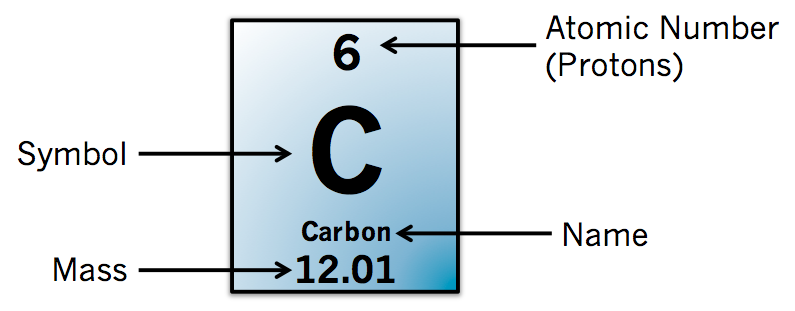

Subsequently, he offered a classification of the elements according to their valence. Īt the same time, the English chemist William Odling (1829–1921) published a table of 57 elements ordered by atomic weight, and mentioned the idea of a periodic law, but did not pass it consistently. The table showed that elements with similar properties often have the same valence. In 1864, Julius Lothar Meyer published a table of 44 elements arranged according to valence. The chemical community only recognized the significance of his discovery 5 years after Mendeleyev has already been acknowledged. Nevertheless, Newlands drew a table of elements and used it to predict the existence of missing elements such as germanium.

Newland called this rule an “octave law”, but he was ridiculed by his contemporaries, and the Chemical Society refused to publish his findings. In 1863, John Alexander Reina Newlands (1837–1898) ordered the elements by eight in seven octaves, and found that every eighth element has properties analogous to those of the first element. He was the first to notice the periodicity in the properties of the elements. In 1862, Alexandre-Emile Béguyer de Chancourtois (1820–1886) put the 50 elements known by that time (ordered by ascending atomic masses) on a helix drawn on a cylindrical surface and showed that elements with similar properties are located one under another. The congress was also attended by Julius Lothar Meyer (1830–1895).Īfter the Karlsruhe congress, there was a boom in the search for a link between the properties of the chemical elements and their atomic weight: Mendeleyev attended this forum, and Cannizzaro’s work inspired him organize the elements in his table. In this paper Cannizzaro insist on the distinction, previously hypothesized by Avogadro, between atomic and molecular weights and shows on wide experimental basis the difference between atomic weights and equivalent weights, a key step on the pathway to the discovery of the periodic table a decade later. At this congress, a paper was distributed among the participants by Stanislao Cannizzaro (1826–1910). The basic concepts of chemistry, such as atom and molecule, and the determination of atomic weights, were eventually clarified only in 1860 when, at the initiative of August Kekulé (1829–1896) the first International Congress of Chemistry took place in Karlsruhe. Title page of “The Sceptical Chymist” by R.

In 1829, Johann Wolfgang Döbereiner (1780–1849) united the elements into groups of three elements, the so-called triads, pointing out that some properties of the elements and their compounds are arithmetic means of the properties of the two end elements. He also introduced modern chemical symbols. In 1815, Jöns Jacob Berzelius (1779–1848) made a classification of elements, compounds and minerals and divided elements on the basis of their chemical and physical properties as metals and nonmetals (metalloids). –1794) made the first list of chemical elements in 1789, which contained 33 elements, including light and heat. The first scientific definition of a chemical element as a pure chemical substance which cannot be subdivided into simpler ones, was given by Robert Boyle (1627–1691) in 1661 ( Fig. In this ancient age, when people believed in the existence of many gods, Democritus assumed that only matter exists. The creator of atomism Democritus postulated: “There is only matter and void”. The pursuit of human thought to seek unity in the infinite multitude gave birth to the idea of primary matter. The creation of the Periodic Table of the Chemical Elements is one of the greatest generalizations in physicochemical science after the atomic molecular theory and the laws of thermodynamics, a synthesis that links the lessons learned from the experience gained over time into a unified system and thus creates one of the foundations for further development of natural sciences. Mendeleev by Vaska Popova-Balarewa (1956).


 0 kommentar(er)
0 kommentar(er)
